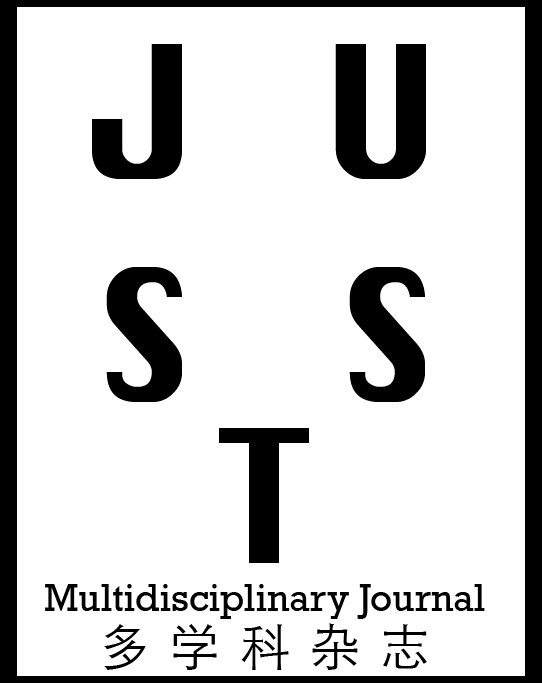Krishnaveni S, Associate professor,
Department of Electrical and Electronics Engineering, Sri Sivasubramaniya Nadar College of Engineering, Kalavakkam, Chennai, TamilNadu, India.
Statistical Analysis for Survival Fraction of E. Coli in Liquid during Inoculation by PEF Technique
Authors
Abstract
Since past few decades, Pulsed Electric Field as food preservation technique has drawn a lot of
attention because of its potential to improve food quality and prolong its shelf life by inactivating microorganisms in
it. However, there are numerous PEF parameters like pulse amplitude, pulse frequency, pulse shape and pulse nature
are involved in determining the PEF efficacy in food processing methods. In this work, experiments are conducted to
inactivate E.coli present in orange juice by applying rectangular pulses of widths 0.62, 1.2, and 7µs at 5 and 10
kV/cm. The pulse frequency is increased from 1, 10, 20 and 51 kHz. The survival fraction of E.coli is observed as
good at 51 kHz and 10 kV/cm. But the explicit study could not be possible in this method to deal the effectiveness and
importance of each individual parameters. So, the study is performed by modelling the survival fraction of
microorganisms when subjected to PEF treatment. The comparison is made from Bigelow Model, Geeraerd Tail
Model, Biphasic Model and Weibull Model. It is observed that the Weibull model can be highly recommended in this
type of studies because of low residuals when compared to other models.
